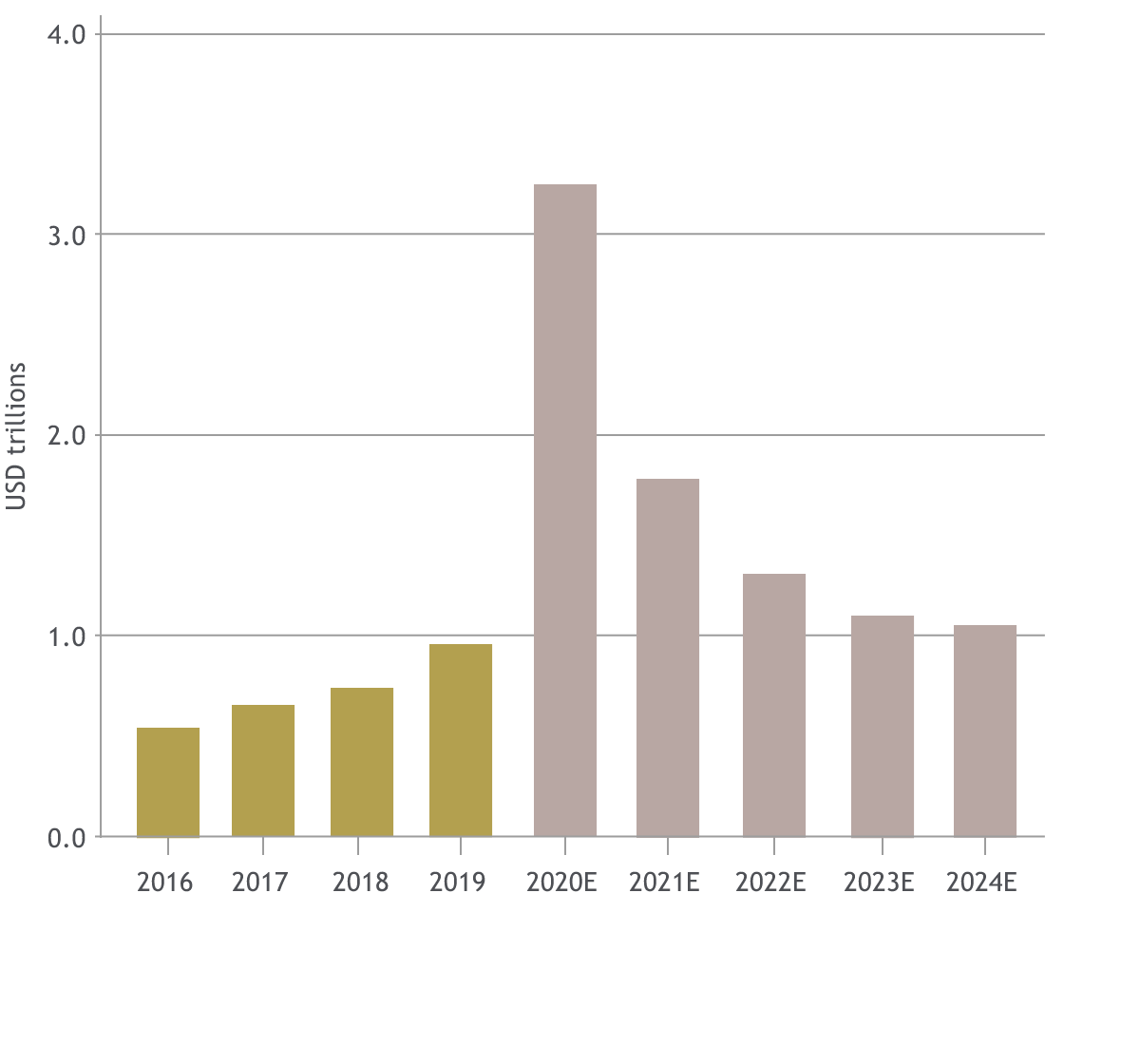Overall, we are underweight sovereign bonds from the U.S. and negative-yielding regions like core Europe as the asset class will likely underperform credits in an improving macro environment. In the U.S., from a
positioning perspective, we are underweight longer-dated Treasuries and prefer short-to-intermediate-term U.S. government bonds as a means of portfolio diversification.
In contrast, we are more sanguine on China government bonds and expect them to outperform other sovereign bond peers in 2021, underpinned by their relatively attractive yields and broader inclusion into the global bond
indices. In a low interest rate environment, China government bonds stand out as they offer one of the highest yields amongst government bonds globally. Notably, the yield on the 10-year China government bond stood at 3.3%
as at end-November versus the yield on the benchmark 10-year Treasury note at just 0.9% and the 10-year German bund yield of -0.6%.

